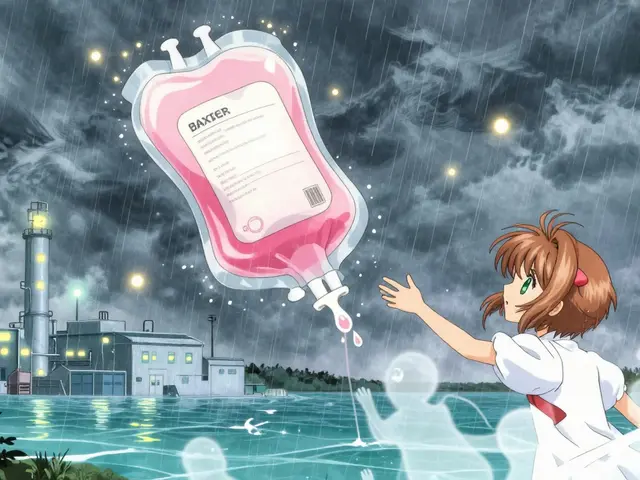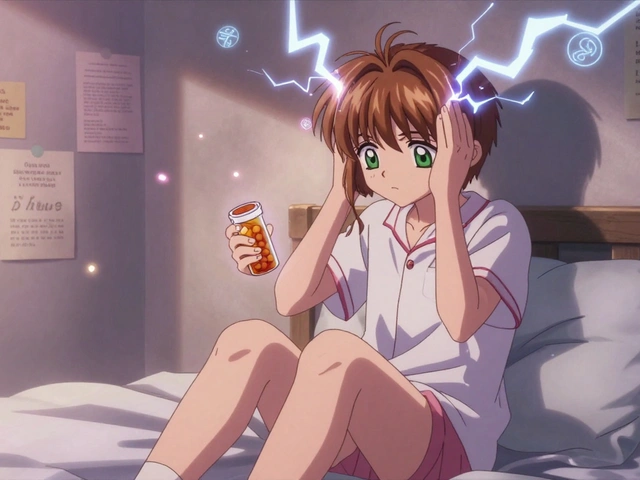Clotrimazole — what it treats and how to use it safely
Clotrimazole is a common antifungal you’ve probably seen in drugstores. It fights fungi that cause athlete’s foot, jock itch, ringworm, and many vaginal yeast infections. You’ll find it as creams, powders, sprays, and vaginal tablets or suppositories. Most people get relief in a few days, but the right use matters if you want the infection to go away for good.
Which problems does clotrimazole fix?
If your feet are flaky, itchy, or crack between the toes, a clotrimazole cream usually helps. For ringworm or jock itch, applying the cream to the red, scaly edges will kill the fungus and stop spreading. For vaginal yeast infections, clotrimazole comes as an internal tablet or cream you insert for one to seven nights depending on the product. It doesn’t work on bacterial infections or those caused by other organisms, so be sure the problem is fungal before treating.
Tip: if symptoms are spreading quickly, very painful, or come back after treatment, see a healthcare provider — you might need a different drug or an oral antifungal.
How to use clotrimazole the right way
Read the package directions — they vary by product. For skin infections, clean and dry the area, then apply a thin layer once or twice a day for the full length recommended (often 2–4 weeks). Don’t stop when it looks better; stopping early often leads to a return. For vaginal tablets or creams, use them at night and finish the full course. Avoid sex during treatment if the product instructions say so, since it can irritate or affect condoms and diaphragms.
Keep the treated area dry and wear breathable fabrics. For athlete’s foot, change socks daily and don’t share towels. If you use a cream on your feet, put it on after washing and drying thoroughly, then let it air-dry before putting shoes on.
Clotrimazole is mainly a topical drug, so serious interactions are rare. If you’re using other topical medicines, check with a pharmacist before mixing. If you’re pregnant, breastfeeding, or taking other medicines, ask your doctor which form is safest. Oral antifungals are different drugs and have more side effects and interactions.
Common side effects are mild: local burning, stinging, irritation, or a rash where you applied the medicine. If you get severe swelling, difficulty breathing, or a spreading rash, stop and get medical help right away — that’s rare but needs prompt care.
Final practical notes: use the full course, keep treated areas clean and dry, and talk to a clinician if symptoms don’t improve in a week or recur. For recurring yeast infections, your doctor may test to confirm the cause and suggest a longer treatment or different medicine.
Butenafine vs. clotrimazole: which is better?
As a copywriter, I've researched and compared butenafine and clotrimazole to determine which one is more effective. Both are antifungal medications used to treat various skin infections. From what I've gathered, butenafine seems to be more powerful and works faster than clotrimazole. However, it's crucial to consider individual factors and consult with a healthcare professional before choosing the right treatment. Overall, both medications have their pros and cons, and the best option will depend on the specific case and the individual's needs.






